Bridging the Digital Divide: Why Combining Digital and In-Person Engagement is Key for Rural Agricultural Success
July 23, 2024

In the quest to reach and empower farmers in rural areas, social enterprises face a critical decision: should they invest in digital and remote methods, in-person engagement, or a combination of both? Evidence strongly supports a hybrid approach, leveraging the strengths of each method to maximize impact and scalability.
Recent statistics highlight the growing importance of both digital and in-person methods. For instance, a study by the U.S. Agency for International Development (USAID) found that 70% of farmers in rural Northern Ghana have participated in digital services, yet only 31.6% remained actively engaged without additional support (USAID) (BioMed Central). Moreover, the Food and Agriculture Organization (FAO) reports that mobile technology can increase smallholder farmers’ productivity by up to 30% when combined with traditional extension services (SpringerLink). These figures underscore the necessity of integrating digital tools with on-the-ground initiatives. This article explores why combining digital tools with field-based initiatives, such as the Farmerline Agribusiness Roadshow and the GROW Ambassador Initiative, is essential for fostering sustainable agricultural development.
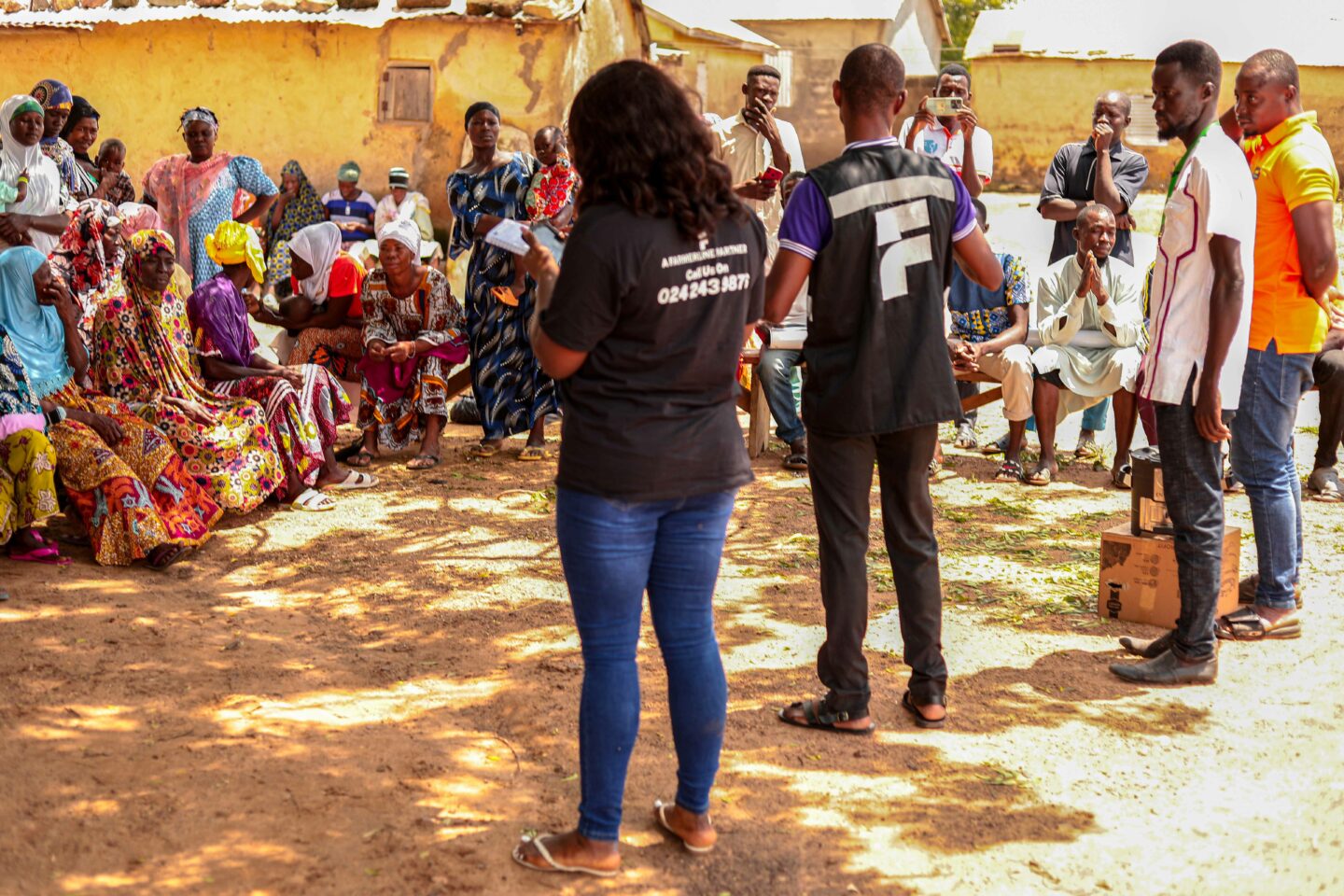
The Power of In-Person Engagement
In-person engagement is irreplaceable for building trust and delivering hands-on training. Extension workers who visit farms can offer personalized advice and respond to immediate concerns, fostering a direct and meaningful connection with farmers. Demonstration plots, field days, and face-to-face interactions help farmers to see new agricultural practices in action, ask questions, and gain confidence in adopting these innovations (SpringerLink) (BioMed Central).
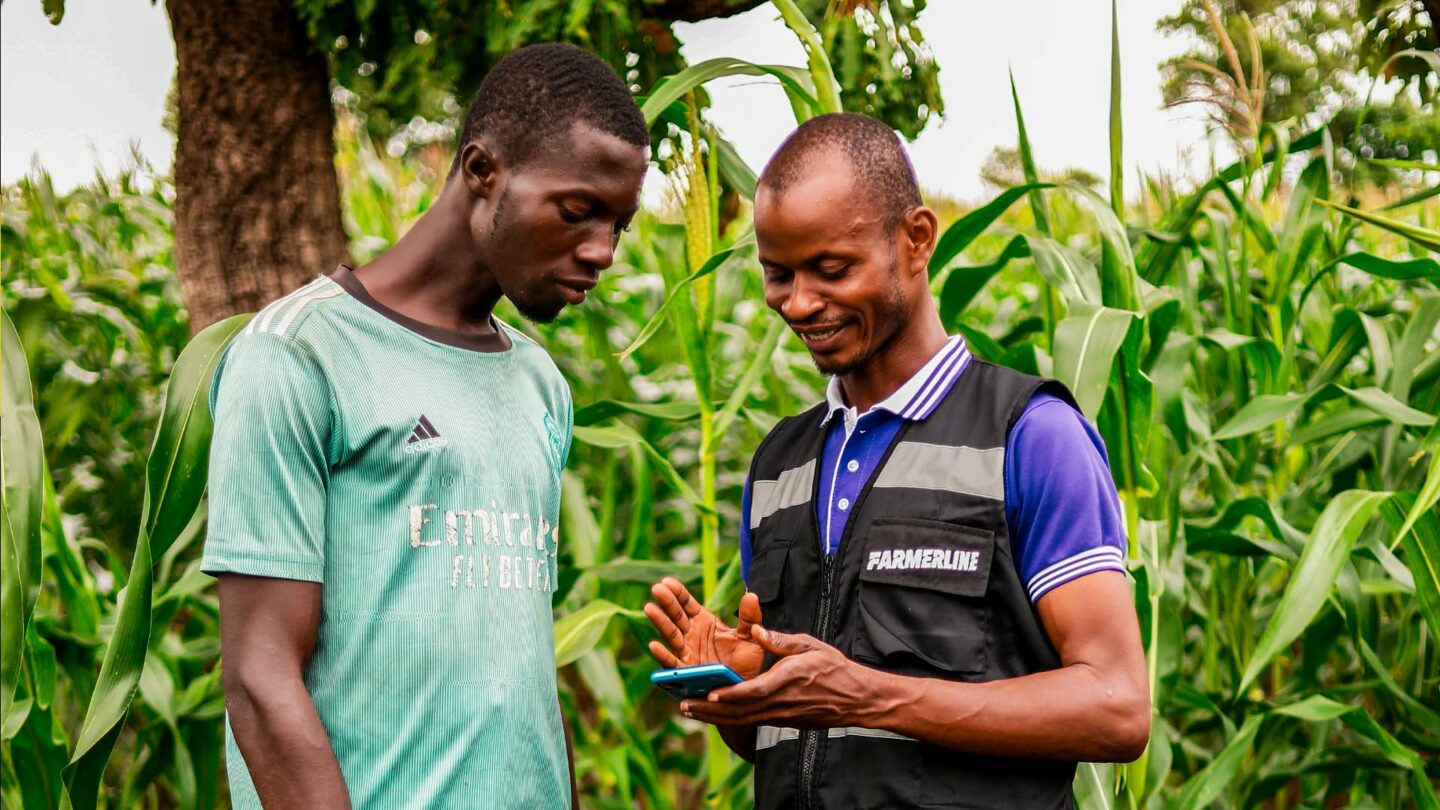
The Efficiency and Reach of Digital Tools
Digital tools significantly enhance the reach and efficiency of agricultural extension services. Mobile phones, radio broadcasts, and internet platforms can disseminate vital information such as weather forecasts, pest alerts, and market prices quickly and widely. These tools provide continuous learning opportunities and access to advisory services, which are especially valuable when in-person visits are not feasible due to distance or limited resources (USAID) (Harvard ALI Social Impact Review).

A Hybrid Approach: The Best of Both Worlds
Combining in-person and digital methods harnesses the strengths of both approaches, creating a more robust and effective extension service. Here’s how this hybrid model works:
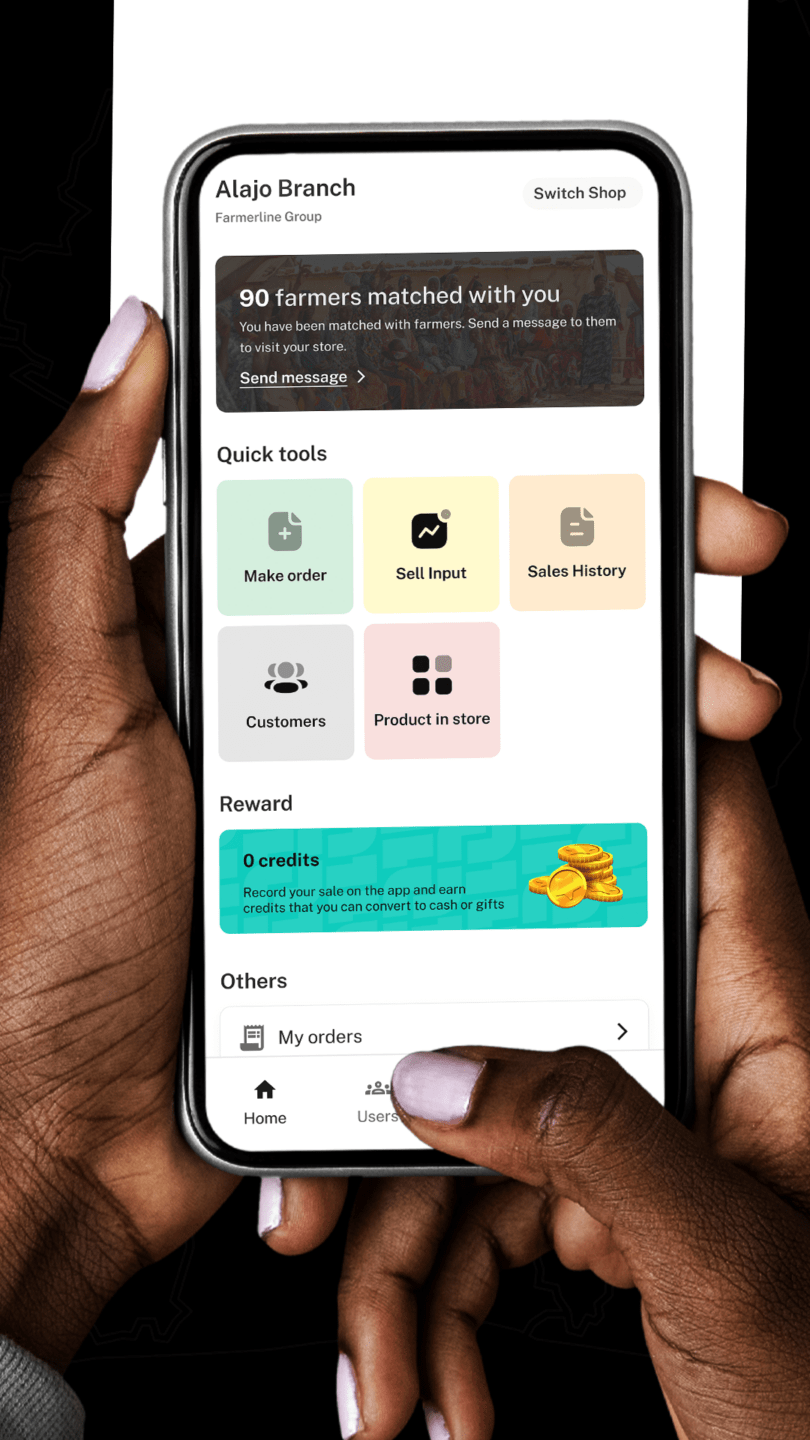
The GROW by Farmerline App: Bridging Offline and Online Solutions
The GROW by Farmerline App exemplifies how digital tools can complement in-person engagement by offering an offline mobile solution that digitizes business operations and manages sales processes, including crop sourcing, input ordering, inventory, and multiple store management. This app enables farmers and agribusinesses to streamline their operations and maintain accurate records without requiring constant internet access. By integrating this app into their workflow, farmers can efficiently manage their business processes, leading to improved productivity and profitability. The app’s offline capabilities ensure that even in remote areas with limited connectivity, farmers can continue to benefit from digital advancements. This integration of offline and online solutions highlights the importance of a hybrid approach, linking digital innovation with traditional methods to provide comprehensive support to rural farmers.
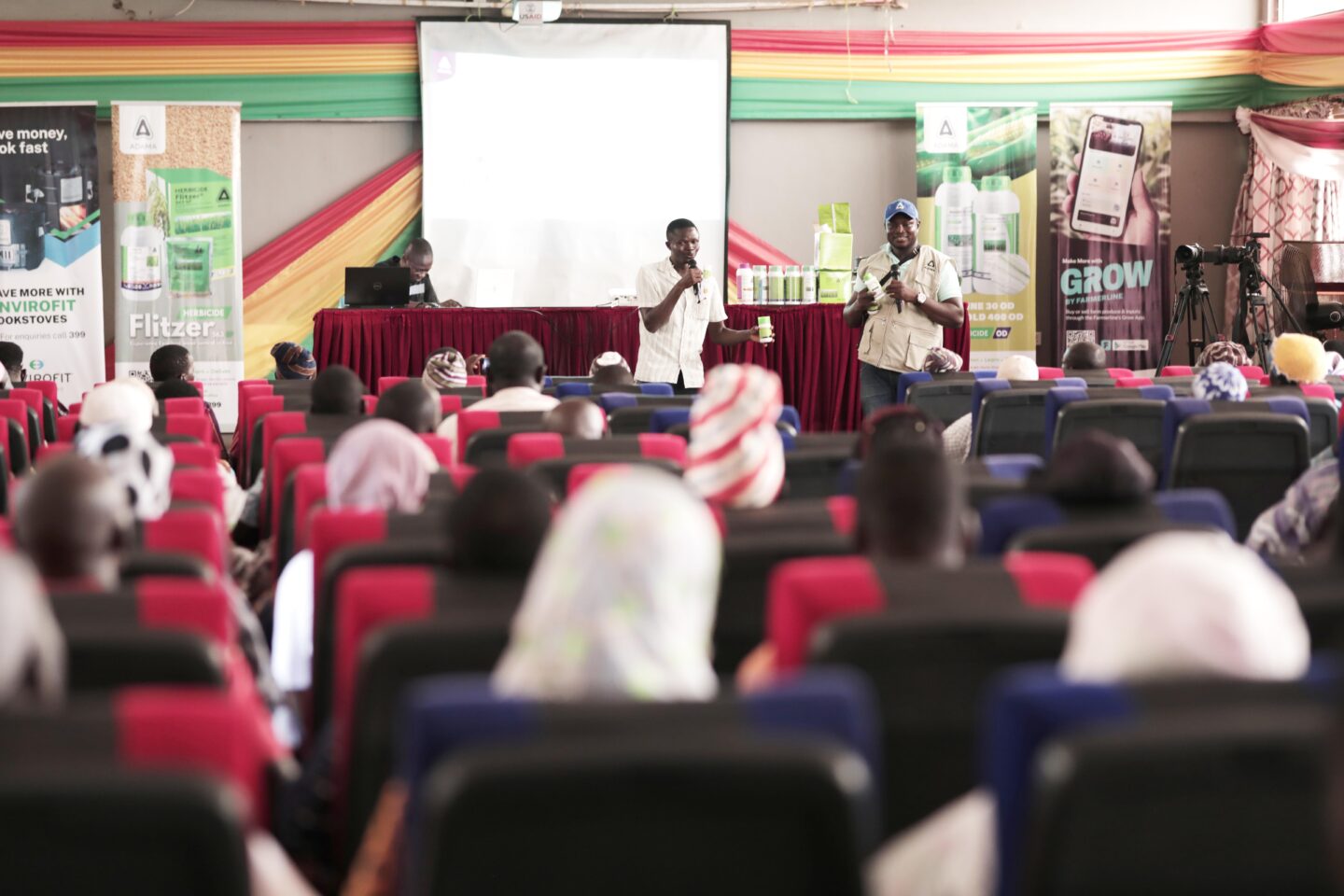
The Case for Continued Investment
Social enterprises like Farmerline have demonstrated the value of combining digital and in-person methods through initiatives such as the Farmerline Agribusiness Roadshow and the GROW Ambassador Initiative. These programs not only provide essential training and support to farmers but also leverage digital tools to extend their reach and impact.
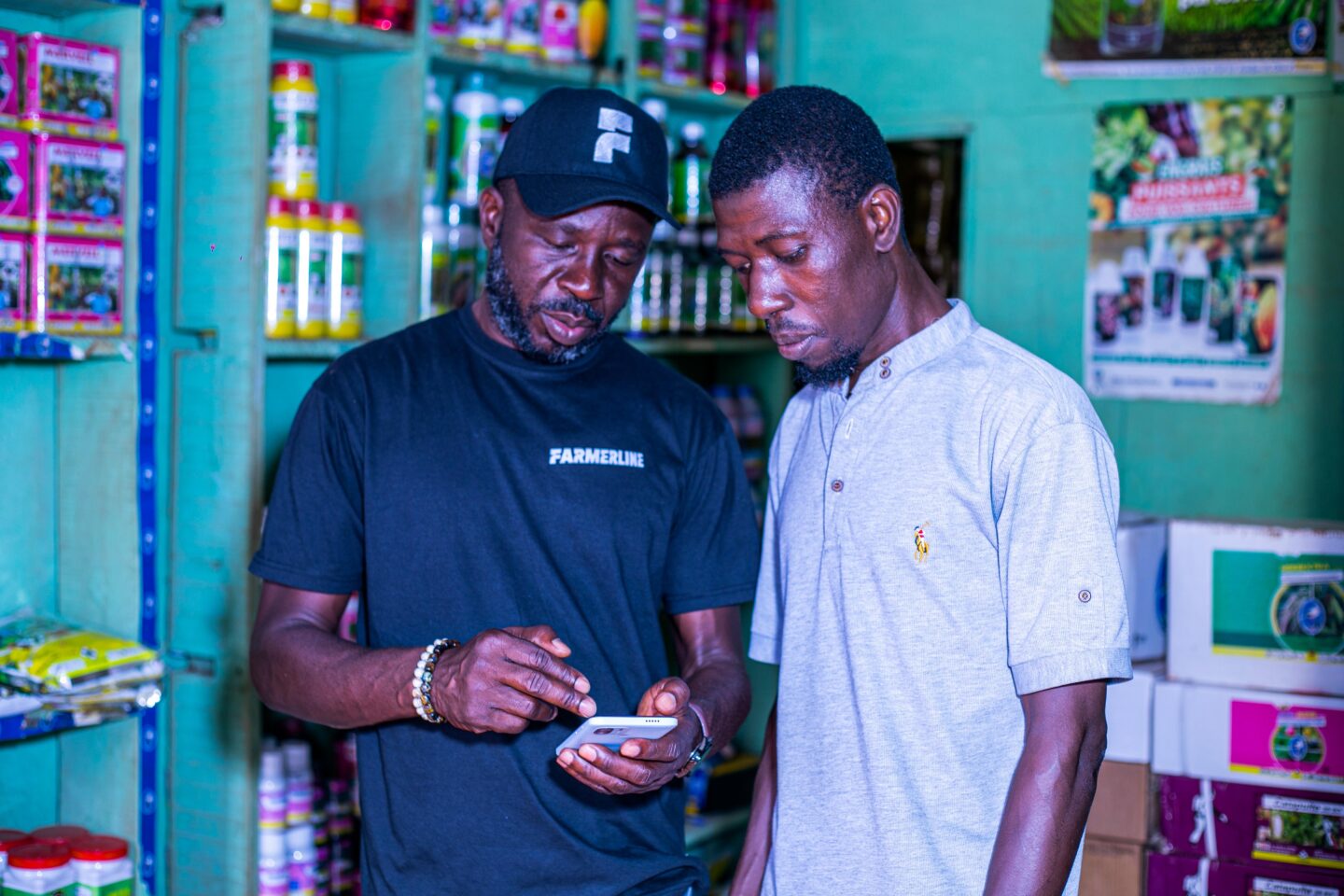
Conclusion
Investing in a combination of digital and in-person engagement is crucial for maximizing the impact of agricultural extension services in rural areas. Social enterprises should continue to support field-based initiatives like the Farmerline Agribusiness Roadshow and the GROW Ambassador Initiative while integrating digital tools to enhance reach and efficiency. This hybrid approach not only addresses the immediate needs of farmers but also builds a foundation for sustainable agricultural development.
By embracing digital innovation and traditional methods, we can bridge the digital divide and ensure that rural farmers have the knowledge and resources they need to thrive.
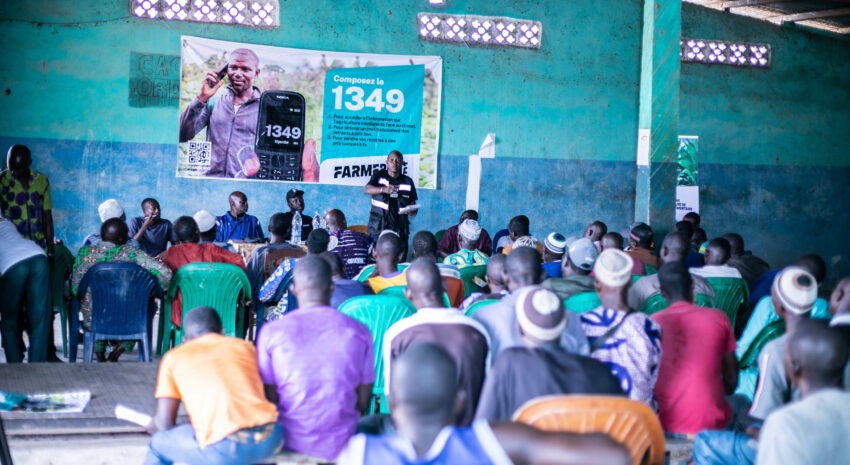

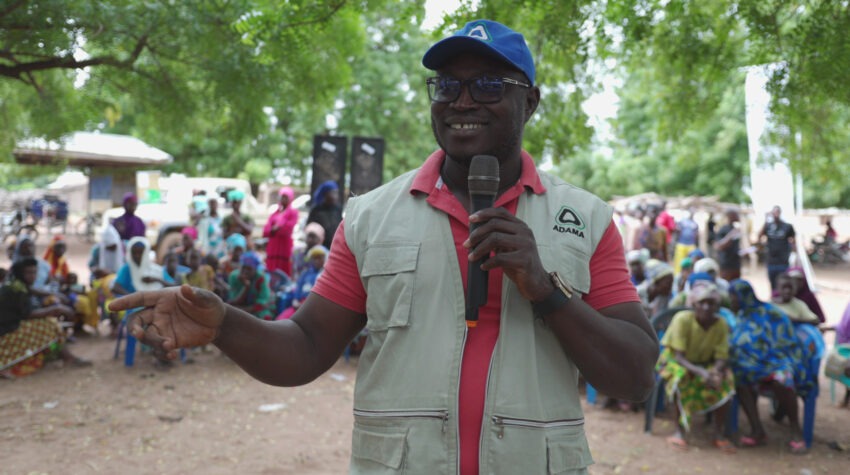
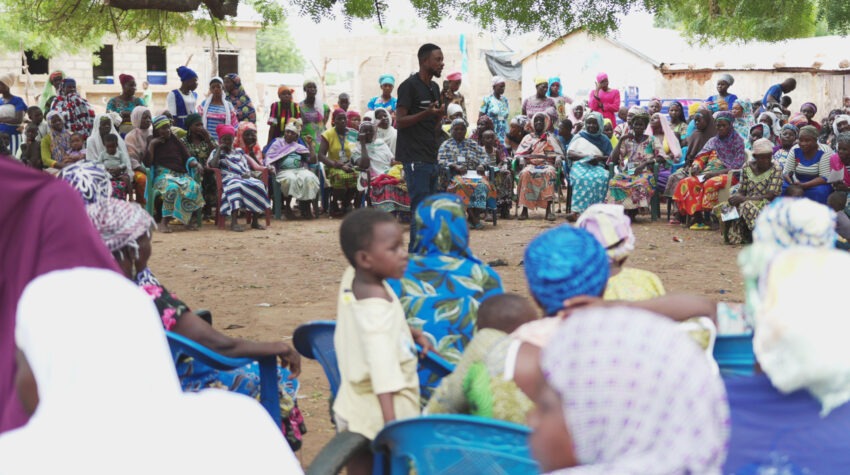
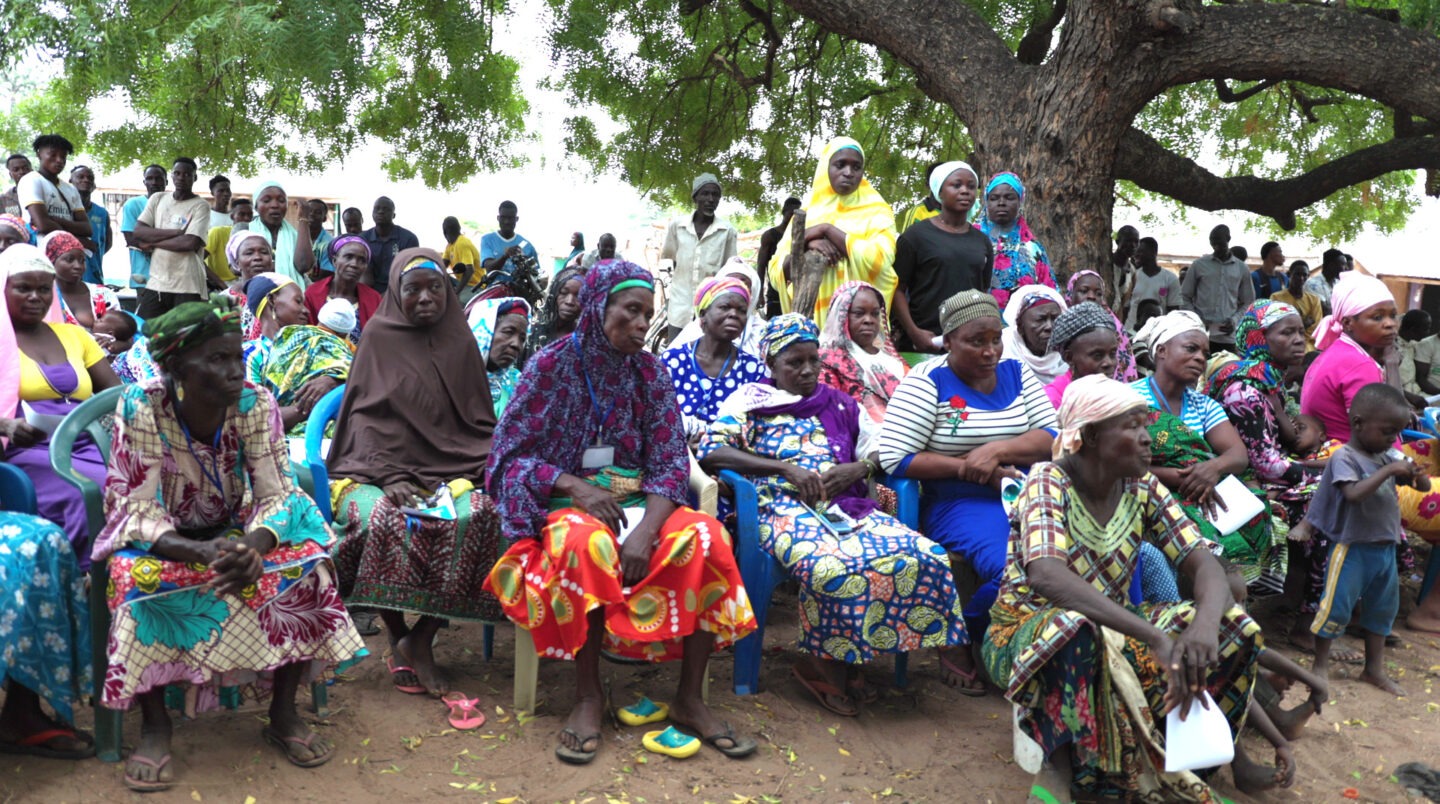
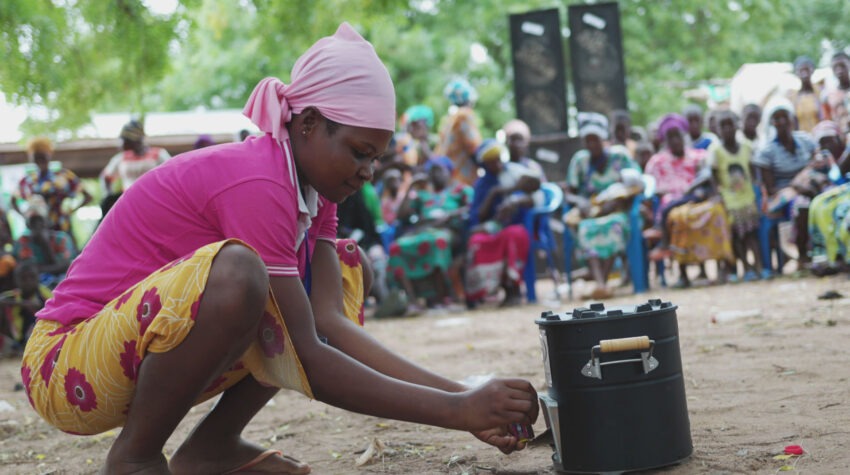
Subscribe below to our newsletter for the latest news on our initiatives.